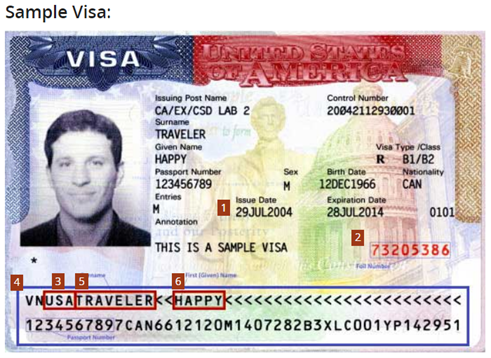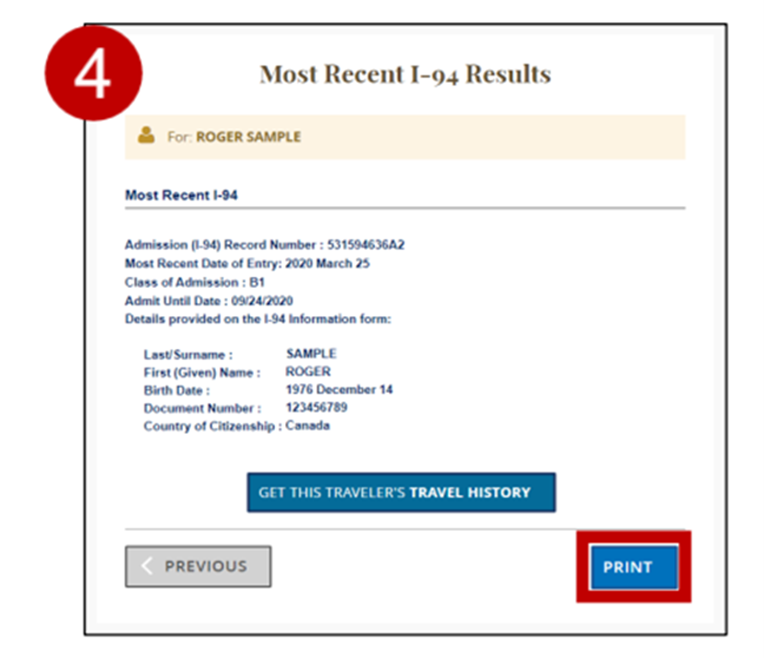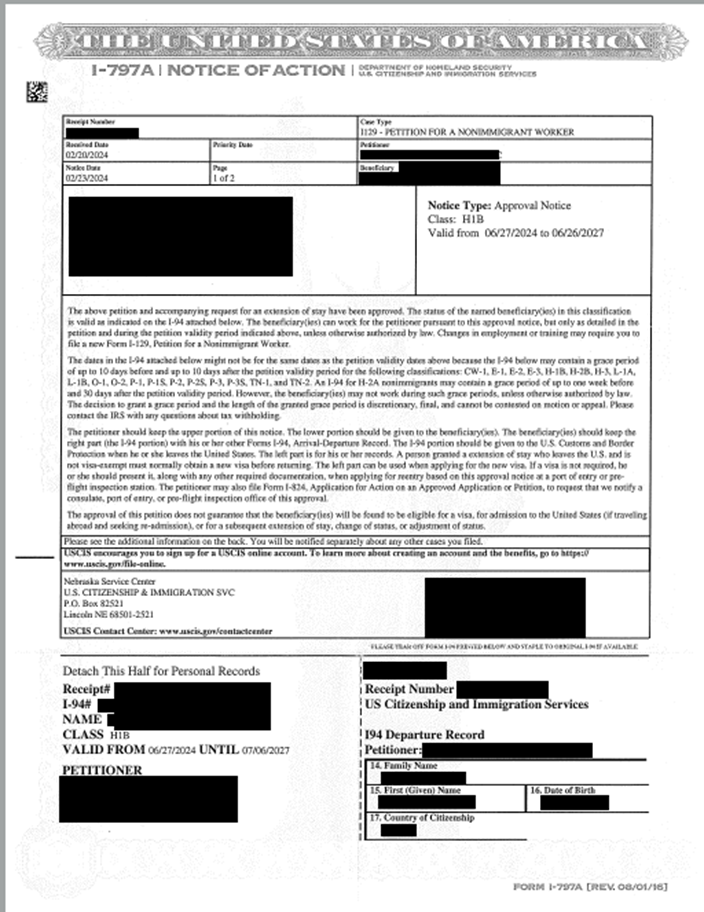Nonimmigrants (individuals who enter the U.S. on a temporary basis) frequently use the term visa to refer to everything from their immigration status to their immigration documents. However, using the term visa interchangeably with the Form I-94 and the Form I-797, or to refer to one’s immigration status, is incorrect. While the combination of these documents is often critical to establishing a nonimmigrant’s lawful stay in the U.S., they each work independently and serve a different purpose in the immigration process. Understanding the different role that each document plays is critical to ensure that the nonimmigrant maintains a clean immigration record, free of violations, at all times.
Immigration Status
Have you ever been questioned about your immigration status and were not sure how to respond? Immigration status in the nonimmigrant context generally refers to the lawful immigration category or classification by which a nonimmigrant last entered the U.S. (e.g., L-1A or E-2, etc.). Sometimes, people may enter the U.S. in one category and apply to change to a different category with the U.S. Citizenship and Immigration Services (USCIS). For example, someone may enter as an F-1 student, and change to an H-1B worker. There are more than 20 nonimmigrant visa categories. Each category has specific requirements and limits, including limits on the length of stay in the U.S. The period of stay varies for different nonimmigrant classifications. A nonimmigrant’s immigration status remains valid in the U.S. as long as the individual has an unexpired Form I-94 (explained below), and has not violated the terms and conditions of his or her stay in the U.S. It is the responsibility of the nonimmigrant to ensure that he or she is maintaining lawful immigration status at all times. Failure to maintain valid immigration status can have severe negative consequences.
Visa
A citizen of a foreign country who seeks to enter the U.S. must first obtain a U.S. visa, which is a stamp that is placed in the nonimmigrant’s passport.[1] A U.S. visa allows nonimmigrants to seek entry to the U.S. at a port of entry, airport, or land border crossing. The U.S. Customs and Border Protection (CBP) is responsible for determining whether the nonimmigrant should be admitted and how long the nonimmigrant can remain in the U.S. A visa does not guarantee entry into the U.S. However, it does indicate that a consular officer at a U.S. Embassy or Consulate abroad has determined that the nonimmigrant is eligible to seek entry for a specific purpose. Visas are valid from the date of issuance until the date of expiration, and a nonimmigrant can travel to the U.S. within the validity period of the visa. However, one very important point to note is that the visa stamp does not indicate how long the traveler can remain in the U.S.
People often call our office panicked because their U.S. visa is due to expire or has expired. An expired visa does not affect a nonimmigrant’s status in the U.S. It is merely a travel document. As explained below, the Form I-94 controls the nonimmigrant’s stay in the U.S. after a lawful admission. The CBP will note the authorized period of stay on the Form I-94 and nonimmigrants can remain in the U.S. during their authorized period of stay, even if their visa expires during the time they are in the U.S. As a result, the expiration of the visa stamp only impacts the ability of the nonimmigrant to return to the U.S. after international travel. If a nonimmigrant’s visa has expired during his or her stay in the U.S., during the individual’s next international trip, the nonimmigrant must seek and obtain a new visa in order to return to the U.S.
A common question that arises for those who have a valid visa in an expiring passport is whether the visa continues to remain valid once a new passport is issued. If the visa is still valid, the traveler can travel to the U.S. with two passports as long as both passports are from the same country. In this scenario, the traveler would present both passports to the CBP – the old passport containing the unexpired visa, and the new passport confirming the individual’s identity.
Below are sample U.S. visas published by the U.S. Department of State (DOS) and the CBP which provide explanations regarding the various fields and annotations on the visa. After an applicant is issued a new visa, it is important to review the information printed on the visa to ensure that it is correct. If any information is incorrect, the applicant should contact the consulate immediately to seek a correction.


Form I-94
The Form I-94, Arrival/Departure Record, is electronically issued to nonimmigrants who are admitted to the U.S. by the CBP, regardless of whether the individual entered with a visa or without a visa under the VWP/ESTA. After each international trip, nonimmigrants should download a copy of the Form I-94 from the CBP’s website (link) and confirm the accuracy of the information. If any information is incorrect, the individual should immediately seek correction of the Form I-94.
The Form I-94 controls the stay of individuals in the U.S. (not the visa) and must be unexpired in order to remain in valid status. Nonimmigrants must exit the U.S. on or before the expiration date listed on their Form I-94, or apply to extend or change status with the USCIS prior to that date in order to remain in valid status. Once the Form I-94 has expired, the individual is deemed out of status, which is a violation of immigration law and can lead to removal/deportation or denial of future admission to the U.S.
For H-1 and traditional L-1 nonimmigrants, their period of authorized stay or I-94 expiration date should be consistent with the validity of their Form I-797 regardless of the validity of their visa. An E visa holder will receive a two-year stay each time he or she enters the U.S., regardless of the validity of the visa. An L-1 Blanket visa holder will most likely be admitted until the Petition Expiration Date (PED) on his or her visa. Please note that in some cases, the authorized stay of a traveler may be shortened to the passport expiration date if it is expiring within six months of admission.
Nonimmigrants also need the I-94 to apply for government benefits that require them to demonstrate lawful immigration status in the U.S., such as a Social Security Number or a driver’s license.
Below is a sample I-94 published by the CBP and a link to instructions on how to access and print an I-94 https://i94.cbp.dhs.gov/I94/I94-EN.pdf.

Form I-797, Approval Notice
For those individuals who are changing or extending their status in the U.S., the Form I-94 will be issued with the Form I-797, Approval Notice, by the USCIS.[2]
The top portion of the Form I-797 contains the name of the employer and nonimmigrant, the nonimmigrant category, and the validity date of the approval notice. The bottom portion of the Form I-797 contains the I-94 which must be detached and attached to the beneficiary’s passport. The original Form I-797, Approval Notice, must be maintained with the individual’s passport and shown to the CBP upon reentry to the U.S.
There is a common misconception that upon issuance of the USCIS-issued I-94, the CBP’s I-94 retrieval system will automatically update with the nonimmigrant’s new I-94 information. Please note that the USCIS-issued I-94 will NOT update nor appear on the CBP’s I-94 retrieval website as the two systems are not connected.
The USCIS-issued I-94 will become obsolete once the individual travels internationally and is issued a new electronic I-94 by the CBP. Thereafter, the individual’s authorized period of stay will be governed by the CBP-issued I-94 or the Form I-797, whichever expires earlier.
In certain cases, there is a 10-day grace period allowance on the I-94 that is attached to the bottom of the Form I-797. This grace period does not allow employment. Rather, it is intended to provide a reasonable amount of time for individuals to prepare to depart the U.S. or take other action to extend, change, or otherwise maintain lawful status.
Below is a sample Form I-797 with a Form I-94 attached at the bottom.

In summary, a U.S. visa is a travel document, an I-94 controls the nonimmigrant’s period of stay in the U.S., and the Form I-797 will contain a new I-94 if an extension or change of status is sought in the U.S. While complex, understanding the interrelationships between these documents is key for all nonimmigrants to maintain lawful stay in the U.S.
[1]Most Canadian nationals are visa exempt and certain international travelers may be eligible to travel to the U.S. without a visa if they meet the requirements for Electronic System for Travel Authorization (ESTA) travel under the Visa Waiver Program (VWP). See link for more information on the VWP.
[2] The Form I-797 is also issued in petition-based visa categories to individuals who are residing overseas. The Form I-797 issued to an individual residing overseas does not contain an I-94. The nonimmigrant would present the Form I-797 to a U.S. Embassy or Consulate to apply for a U.S. visa in the corresponding visa classification.
Masuda Funai is a full-service law firm with offices in Chicago, Detroit, Los Angeles, and Schaumburg.
©2025 Masuda, Funai, Eifert & Mitchell, Ltd. All rights reserved. This publication should not be construed as legal advice or legal opinion on any specific facts or circumstances. The contents are intended solely for informational purposes and you should not act or rely upon information contained herein without consulting a lawyer for advice. This publication may constitute Advertising Material.